Commercial Green Roof Case Study AB Canada
Nestled in the Oldman River valley in Lethbridge Alberta, the green roofon theHelen Schuler Nature Centre(HSNC) has been attracting local and international attention from visitors and living roof enthusiasts since its completion in 2013. On the roof of the building, a 200m2green roofserves as an outdoor gathering space, living classroom, teems with insect and bird life, and provides a spectacular showcase forlandscaping with native species.
Commercial Green Roofs are A Collaborative endeavour:
Green roofs are technically complex building systems, requiring collaboration between architects, structural engineers, mechanical engineers, civil engineers, landscape architects and specialty consultants. A successful green roof is a combination of engineering, architecture and ecology. A successful green roof also thrives with life - plants bloom, insects buzz, birds chirp, and visitors are astounded to find a living oasis on a roof.
Success requires technical excellence across disciplines, but most importantly, it requires a designer with a comprehensive and nuanced understanding of plant communities. While the selection of plants will vary by region, there are many common factors essential to the design, construction and maintenance of a vibrant living green roof.
Green roofs are a committment to ensure success:
A green roof is not something that can be designed, constructed and forgotten- it must be maintained for the lifespan of the building. A lack of commitment in the long term is the biggest contributor to the failure of green roofs. Without that commitment from the client and design team, don’t consider a green roof!
The staff of the HSNC, who were also integral members of the project team, were committed from the outset. They envisioned a green roof as an opportunity to enhance visitor experience, to reduce the ecological footprint of the facility, and to demonstrate native plants as a viable alternative to conventional landscaping.
一个成功的绿色屋顶的秘诀是什么?Build the right team:
Don’t underestimate the expertise necessary to design a successful green roof. Having a certified Green Roof Professional (GRP), or someone with equivalent training and experience on the team is essential. A certified GRP can assist the consultant team to ensure proper coordination of the various green roof components, and assist the general contractor and their subcontractors in respecting and implementing the overall design intent of the green roof system. The GRP can also work with the team to adapt to unforeseen circumstances that might be encountered during construction.
As we did for the HSNC project, I would also recommend working with a local vegetation ecologist and nursery specializing in native plants to assist in the specification of plants suitable for the particular application and climate.
An important part of any roof assembly is that it manages moisture properly. Read here aboutwhy roofs need to be ventilated and how to ventilate a roof properly.
Selecting a commercial green roof system:

With a wide array of green roof systems available in the marketplace, it’s increasingly difficult to decide which one to use. My advice? Start by identifying the most important project constraints and risks that stand in the way of success. Once those parameters are identified, you can begin to narrow the list of viable products, and select candidates that are best suited to the application. Among the constraints and risks to be considered are: load limitations of existing structures; exposure to wind; frequency and severity of droughts; and potential for damage by people.
Structural capacity - important elements of commercial green roof design:
AT HSNC, the objective was to use only native plant species in the roof design. To successfully grow native plants, we advocated for a 300mm depth of growing medium to support the root intensive plants that dominate the Alberta prairies. When saturated with water, the weight of this media places considerable additional load on the roof structure. We assisted the structural engineer by providing the anticipated weights of the green roof components, saturated green roof assembly, and plant biomass.
Where the green roof extended over an existing structure, it was determined that the maximum feasible depth of growing medium was 150mm. This restricted the choice of plants in these areas to non-native sedums and a few hardy perennials.
Wind:
Lethbridge is renowned for high winds. We knew that if we didn’t design to mitigate wind erosion, it would pose a risk. We planned for this by ensuring the roof was well vegetated, that it was protected from erosion during establishment, and that the growing medium we selected was not ultra-light and prone to wind erosion.
Drought:
The HSNC is located in a ravine. Aside from the riparian forest adjacent to the river, Lethbridge resembles a desert. We knew that long spells of dry weather could harm the green roof, and we addressed this by installing and irrigation system, specifying a moisture retention mat, and maximizing the depth of the growing medium to increase water storage.
People:
因为绿色屋顶将是公开的,我们想要保护屋顶免受行人交通造成的压实。我们与建筑师合作设计了一个屋顶露台,其中包括座位、释义标识和足够的空间,可以四处走动,从不同的角度观看绿色屋顶。
This analysis eliminated a large number of systems from consideration, and the final selection was made based on cost, previous experience, local availability and warranty considerations.
Plant for diversity:
I believe plant selection is the single most important factor to ensure the long-term success of a green roof. If the roof fails to establish a healthy community of plants, the system will be prone to costly repairs, higher than anticipated maintenance costs, and an overall sense of disappointment. As a result of the dialog between the client, landscape architect and local plant suppliers, the final species selection for the intensive, native roof at HSNC was comprised of 65 species of perennials and grasses. The success of this collaborative approach was founded on a number of important principles that can be applied to any project:
Get with the program:
Choose plants that support the overall concept and program of the project. Work closely with the client to decide what types of plants they envisioned, and then develop a plant list based on that. This also helps the client foster a sense of ownership with the green roof, because they feel more invested in its design from the outset. For the HSNC we focused on native plants for the intensive green roofs, and combined sedums with a few hardy perennials for the extensive, shallow media roof.
Resilience through family diversity:
For intensive roofs in particular, do your research and select plant species from several different taxonomic families. This not only increases the overall biodiversity of the green roof, but I believe it increases its overall system resilience because plants in different families occupy different niches within a balanced plant community. Plants from different families also attract a wider diversity of insects and birds, resulting in even greater gains in biodiversity.
Never forget that no two green roofs are the same. What worked in Boise, Idaho won’t likely work in Iqaluit, Nunavut. There is a lot of misinformation around green roof plants, with experts often disagreeing on what types of plants are suitable in a given location. Where possible, use local expertise to determine what types of plants to specify.
Innovate when challenged:
Because of the client’s objective to use native plants for HSNC, we were forced to experiment because very few Alberta native plants had been tested on green roofs. Rather than relying on a limited palette of tried and true species, we used existing plant research to identify a wide diversity of plants that seemed well suited for green roofs — drought tolerant, low maintenance, not overly aggressive or invasive, and providing unique or desirable services to the plant community as a whole [i.e. attracts pollinators, prevents wind erosion, fixes nitrogen, etc].
Most of these plants were not commercially available from wholesale nursery suppliers, and we used a local nursery specializing in native plants to contract grow most of the plants we selected. The cost of doing so was competitive, but it did require substantial schedule coordination due to long lead times for contract grown plants.
Conclusion: keys to success of commercial green roofs:
I’ve witnessed numerous commercial living green roof projects fail within the first growing season after completion. This is often the result of a failure to specify clear and measurable establishment and maintenance criteria in the contract specifications. Unfortunately, without these specifications, designers and owners have little recourse in the event that the contractor fails to establish a thriving community of plants on the roof before hand-off to the owner.
Contract specifications:
对于HSNC来说,我们从一开始就通过编写严格的工厂建立和维护规范来确保项目的成功。在我们的规范中,我们提供了植物覆盖率、物种多样性和有害杂草控制的可测量目标,这些目标必须在项目获得实质性完成之前达到。在基本完工后,我们要求承包商维护屋顶两个生长季节,并提供了详细的维护和监控要求。
Long-term green roof maintenance:
自从项目移交以来,业主热情地承担了屋顶的长期维护,并一直非常积极地确保它的持续成功。他们定期进行维护,包括例行除草,重新种植裸露的地方和控制蔓生的植物。随着它的成熟,屋顶变得更加平衡,并减少了例行除草的需要。这些植物有完善的根系,只有在长期干旱时期才需要灌溉。
In many ways, the Helen Schuler Nature Centre has been an enormous success. From project outset, there were high expectations for the living green roof — it was envisioned to be beautiful, to incorporate native plants, and to educate visitors about the benefits of green roofs and low impact development. Because of these high expectations, it was imperative that the project was well executed in the short and long term.
The most commonbuilding material used for roofingis asphalt shingles, and because of their poor durability they may spend only 15 or 20 years on your roof before heading to a landfill.一个正确安装的绿色屋顶比沥青瓦有更长的寿命,并将吸收和保留大部分雨水,否则将最终进入下水道需要处理。
Storm water some regions is sent directly to waterways, taking with it pesticides as well as pollutants and debris from roads. Even in cities that treat their storm water, systems will occasionally be overloaded by heavy rains to a point where they just can't handle the volume and it ends up being dumped in rivers untreated, despite the efforts and finances invested to keep waterways clean.
Durability and cost of Green Roofs:
A green roof will end up being more expensive to install thanmost other roofing products, but their durability makes them more affordable in the long run. By the time you have done a second round of asphalt shingles, the cost starts to even out. Expect at least a 50 year lifespan (and likely more) from a properly installed green roof, and if you are installing asphalt shingles, expect to replace them an easy 4 or 5 times over the lifespan of a building.
Now you know about the benefits of a Green Roof, learn more about growing food at home,composting, and othereasy lifestyle changes to reduce your environmental footprintin these pages :
Find more about green home constructionin the EcohomeGreen Building Guide pages- also, learn more aboutthe benefits of a free Ecohome Network Membership here. |
Project credits:
Green Roof Designer / Landscape ArchitectO2 Planning + Design
ArchitectGroup 2 Architects
Structural EngineerBEI Engineering
Mechanical EngineerAME Group
Electrical EngineerRobertson and Associates Engineering
Green Roof Plant SupplierEastern Slopes Rangeland Seeds
Green Roof InstallerEarthlings
Green Roof SystemSoprema
General ContractorDawson Wallace
Roofing ContractorCharlton + Hill
Michael Magnan, M. ARCH, BSc, BCSLA, GHRC GRP is Senior Associate/Landscape Architect with 02 Planning + Design.
Originally published by our print affilliateSAB Magazine.


















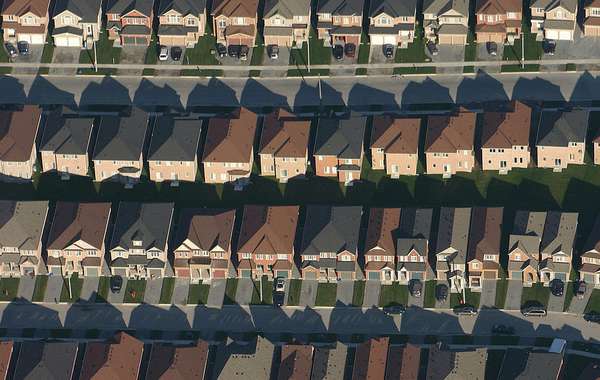

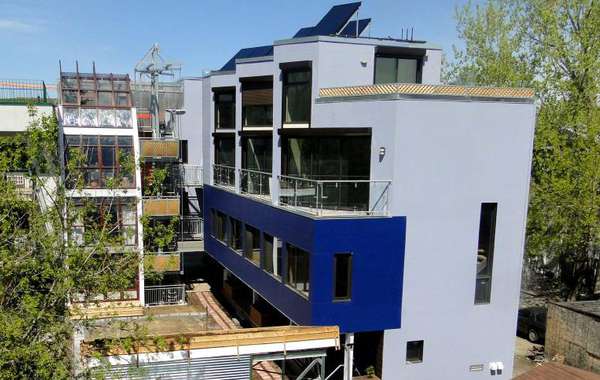
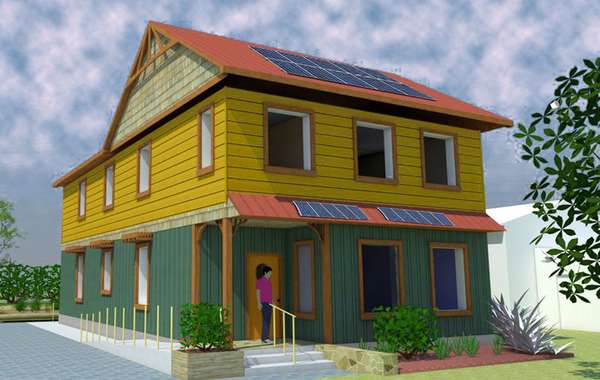
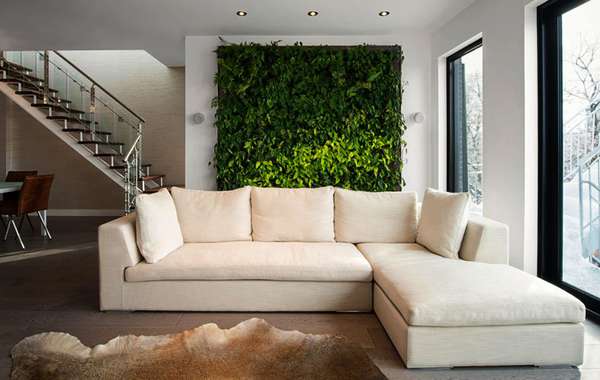
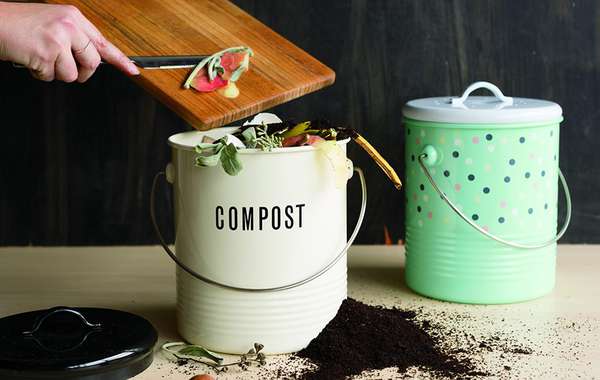
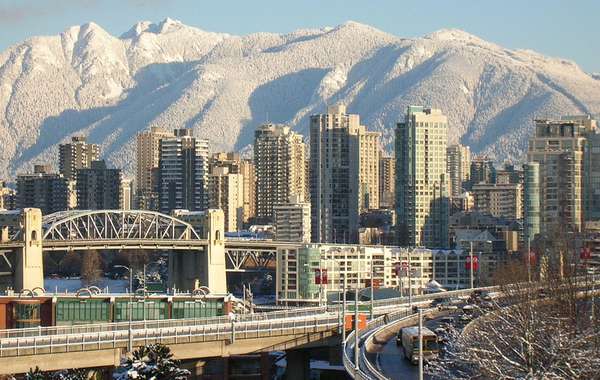
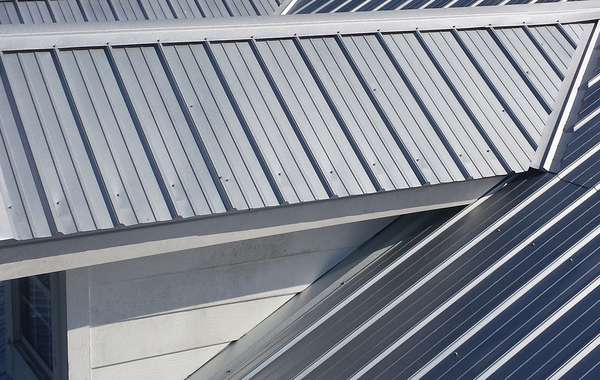
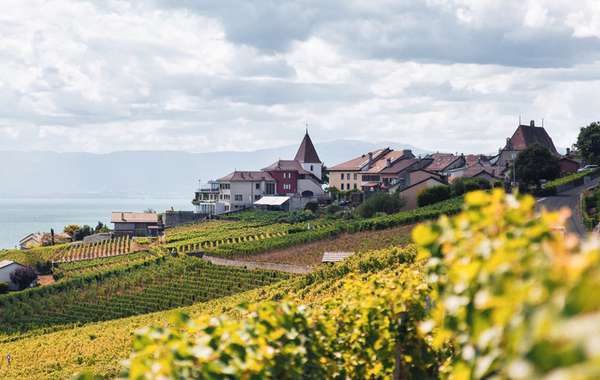
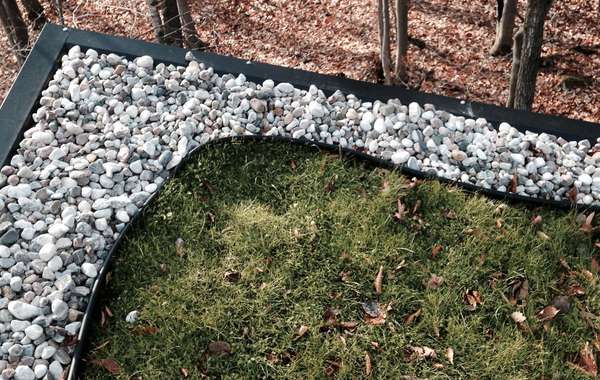
Comments (0)
Sign Up to Comment